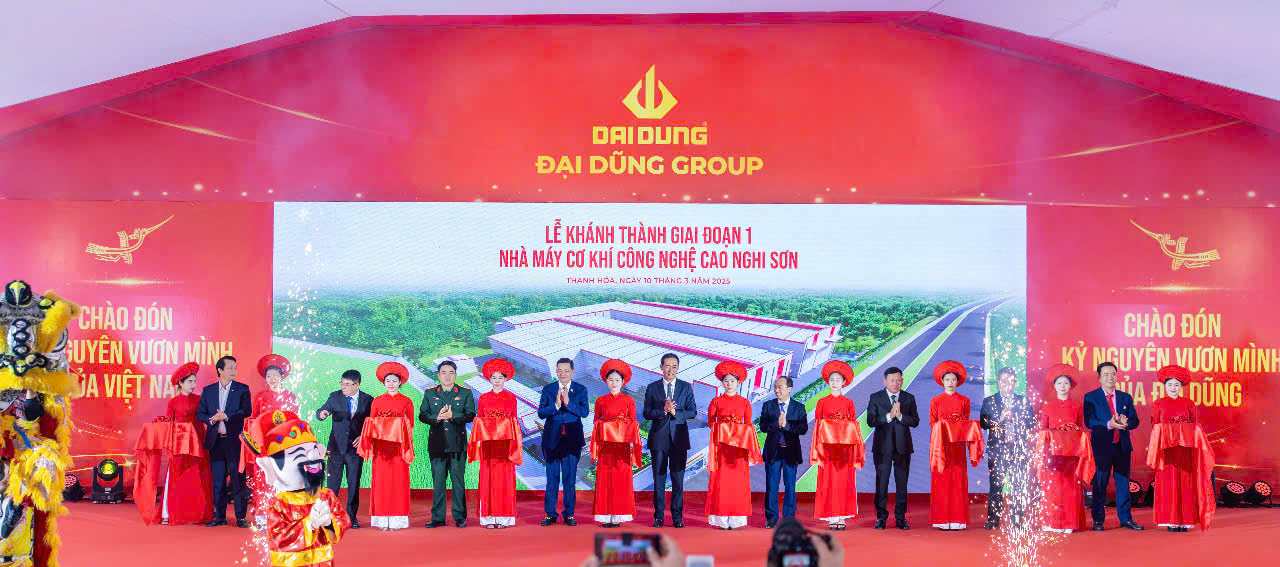Understanding what is offshore oil and gas exploration involves looking at the complex, multi-stage process of searching for, identifying, and evaluating potential crude oil and natural gas deposits hidden beneath the world’s seabeds and ocean floors. This challenging endeavor requires significant innovation, advanced engineering techniques, and a strong commitment to safety and environmental protection.

The oil and gas extracted through these offshore efforts are vital energy sources for transportation and heating, and also serve as essential raw materials for countless manufactured products. This article delves into the core stages that define what offshore oil and gas exploration is all about.
The Main Stages of Offshore Oil and Gas Exploration
The journey from searching the vast ocean floor to confirming a viable energy source typically involves several key phases:
1. Exploration Phase: Searching for Potential Reserves
This initial stage focuses on identifying geological areas beneath the seabed that have the potential to hold oil and gas.
- Seismic Surveys: Specialized geophysical companies conduct scientific surveys. A survey vessel tows an array of compressed air chambers which release high-pressure energy pulses (sound waves) into the water.
- Data Acquisition: These sound waves travel through the water, penetrate the seabed, and reflect off different rock layers below. Hydrophones (underwater microphones), also towed by the vessel along long cables, detect and record these returning sound wave reflections.
- Data Analysis: Geophysicists analyze this recorded data to create detailed maps of the subsurface geology, helping to pinpoint potential traps where oil and gas might have accumulated.
- Environmental Consideration: Throughout this phase of offshore oil and gas exploration, strict mitigation measures are employed to ensure the health and safety of marine animals and other sea life. It’s also worth noting that these geophysical survey techniques are used for other purposes, such as site selection for offshore wind farms and locating sand and gravel for coastal restoration projects.
2. Exploration Drilling: Confirming Discoveries
Once a promising area is identified through seismic surveys, the next step is to confirm the presence of oil or gas by drilling exploratory wells. This is a critical part of understanding what is offshore oil and gas exploration leads to.
- Mobile Offshore Drilling Units (MODUs): Tightly regulated drilling operations are carried out using specialized vessels known as Mobile Offshore Drilling Units (MODUs). There are four primary types:
- Semisubmersibles: These platforms float on large, submerged pontoons. Some have their own propulsion, while others need tugboats. They use multiple anchors to stay in position and can operate in deep water.
- Drill Ships: These are vessels with a drilling rig mounted on the deck. They can travel to locations under their own power and use anchoring or dynamic positioning thrusters to remain stable while drilling, suitable for deep water.
- Jackups: These rigs have retractable legs that can be lowered to the seabed, lifting the main platform clear of the water surface. They are typically used in shallow to moderate water depths.
- Submersible or Barge MODUs: Often a barge structure that rests on the seabed in relatively shallow water, with the drilling deck situated on steel columns extending above the water.
- The Drilling Process: The MODU’s job is to drill down through the seabed.
- A large pipe called a riser extends from the drilling floor down to the seabed, allowing drilling fluids to circulate.
- A drill string (a series of connected pipes with a drill bit at the end) is lowered through the riser to bore into the earth.
- Crucially, a Blowout Preventer (BOP) is installed at the wellhead on the seabed. This vital safety device consists of high-pressure valves that can quickly seal off the wellbore in an emergency to prevent an uncontrolled release (blowout) of oil or gas.
3. Appraisal and Development: From Discovery to Production
If an exploration well successfully discovers commercially viable quantities of oil or gas, the project moves into the next phases.
- Appraisal: Further wells may be drilled to precisely determine the size, characteristics, and total potential reserves of the discovered field.
- Development: Based on the appraisal results, a detailed plan is formulated to extract the resources safely and efficiently. This involves designing, constructing, and installing production facilities, which could include:
- Fixed Production Platforms: Large steel or concrete structures anchored to the seabed.
- Subsea Production Systems: Wellheads and processing equipment placed directly on the ocean floor, often used in deeper waters, with oil and gas typically transported via pipelines.
The Supporting Industrial Ecosystem
While not direct exploration, the successful development following offshore oil and gas exploration relies on a complex supply chain. Companies specializing in heavy industry manufacturing, like DDC Group (Dai Dung Construction Mechanical Commercial Joint Stock Company) mentioned in the source context with its Nghi Son High-Tech Mechanical Factory, play a role by producing essential components.

This factory aims to supply fabricated metal products, steel structures, and mechanical equipment to petrochemical plants, heavy industry, and power plants – sectors closely linked to processing and utilizing the resources found through offshore exploration.
Such manufacturing capabilities provide the necessary building blocks (like platform structures, pressure vessels, etc.) required for the development phase.
Conclusion
In summary, what is offshore oil and gas exploration? It is a sophisticated, multi-stage industrial process that uses advanced geophysics and drilling technology to find and assess hydrocarbon resources beneath the ocean floor. It begins with seismic surveys to identify potential locations, proceeds to exploratory drilling with specialized MODUs to confirm reserves, and, if successful, leads to appraisal and the eventual development of fields using complex engineering structures.
This entire endeavor demands high levels of technical expertise, significant investment, and unwavering commitments to safety and environmental responsibility to unlock vital energy resources.
This article references information from the following sources:
